Optimal Timing for Waterproofing
Waterproofing is a critical process to protect structures from water intrusion, preventing damage such as mold growth, structural deterioration, and interior water issues. Proper timing ensures the effectiveness and longevity of waterproofing measures, reducing the need for frequent repairs and maintenance.
Late spring and early fall are ideal due to moderate temperatures and lower humidity, which facilitate proper curing and adhesion of waterproofing materials.
Avoid waterproofing during extreme cold or heat, as rapid temperature fluctuations can compromise the application and durability of waterproofing products.
Ensure surfaces are dry, clean, and free of debris. Proper preparation is essential for effective waterproofing regardless of the season.
Applying waterproofing before heavy rain or snow can lead to inadequate curing, reducing the effectiveness of the waterproofing layer.
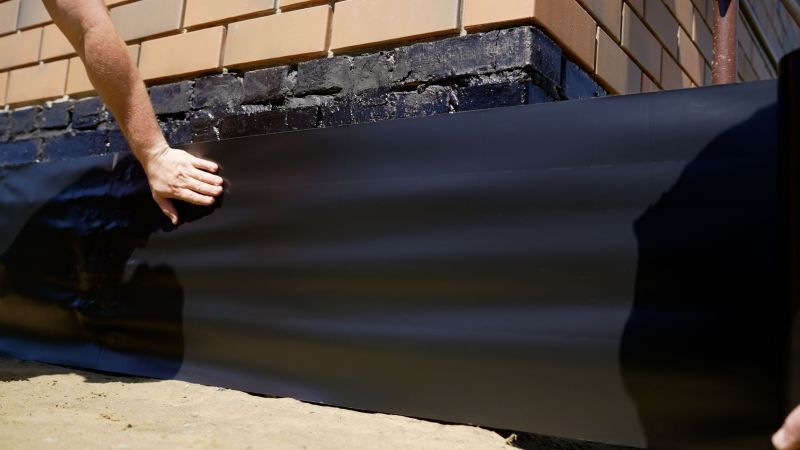
A professional applying waterproofing membrane on a building exterior during spring.

Work being scheduled during moderate temperatures to ensure proper curing.

Cleaning and drying surfaces before applying waterproofing materials.

Ways to make Waterproofings work in tight or awkward layouts.

Popular materials for Waterproofings and why they hold up over time.

Simple add-ons that improve Waterproofings without blowing the budget.
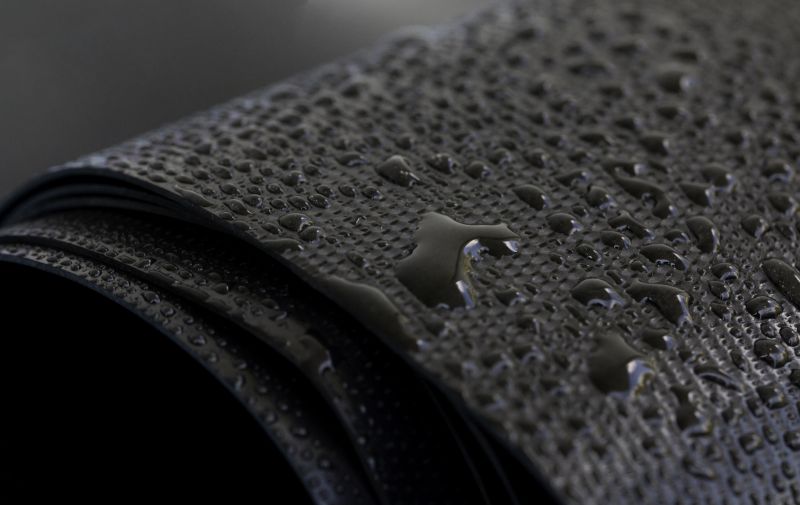
High-end options that actually feel worth it for Waterproofings.

Finishes and colors that play nicely with Waterproofings.
| Season | Ideal Conditions |
|---|---|
| Spring | Moderate temperatures, low humidity, dry conditions |
| Summer | Early morning or late evening, avoid extreme heat |
| Fall | Cool temperatures, low humidity, dry surfaces |
| Winter | Not recommended due to cold temperatures and moisture issues |
Waterproofings involve applying specialized membranes, coatings, or sealants to protect structures from water penetration. These systems are essential for foundations, roofs, basements, and other vulnerable areas. Proper installation during optimal conditions ensures maximum adhesion and durability, preventing costly water damage over time.

A crew applying membrane on a building foundation.

Close-up of sealant being applied to roof seams.

Waterproof coating being sprayed inside a basement.
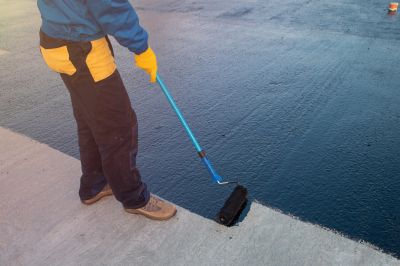
Cleaning and priming surfaces prior to waterproofing application.
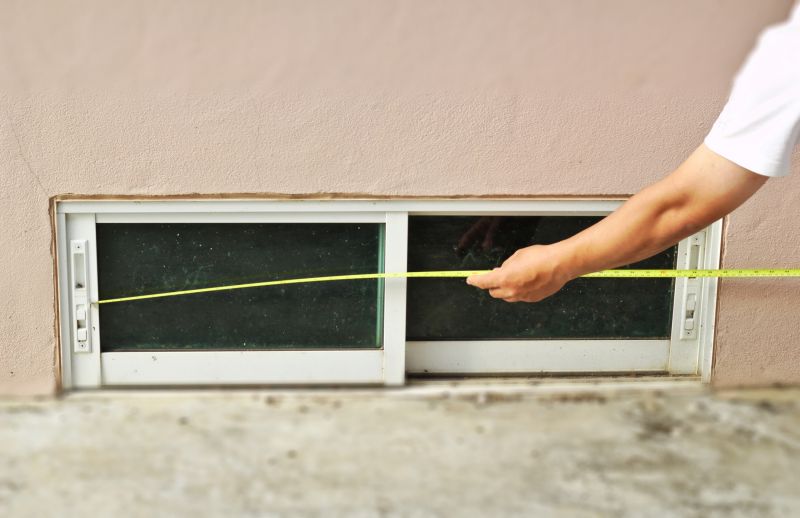
Little measurements that prevent headaches on Waterproofings day.
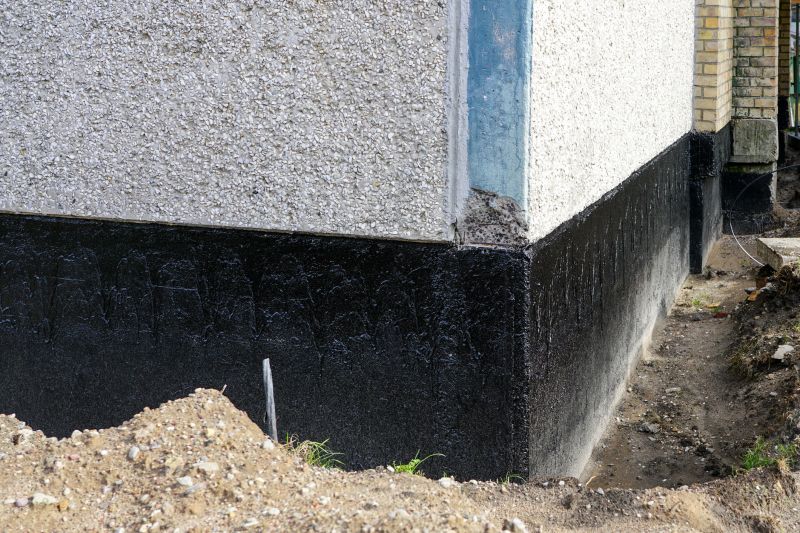
A 60-second routine that keeps Waterproofings looking new.

A frequent mistake in Waterproofings and how to dodge it.
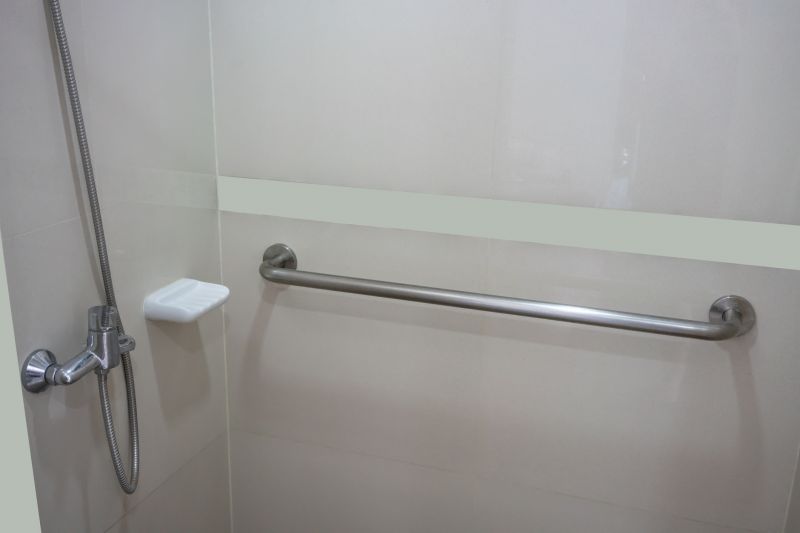
Small tweaks to make Waterproofings safer and easier to use.
Choosing the right time for waterproofing can significantly influence its effectiveness and longevity. Consulting with waterproofing professionals can help determine the best season based on specific project requirements and local climate conditions.
Interested in waterproofing solutions? Fill out the contact form to get more information about available options and scheduling.


